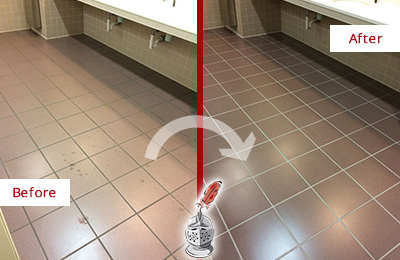Looking for Signs of Water Damage in the Bathroom
Looking for Signs of Water Damage in the Bathroom
Blog Article
Almost everyone has their personal assumption about How to Prevent Bathroom Water Damage.

The restroom is very prone for damp buildup as well as prospective water damage because of the regular use of water in it. This short article provides simple evaluation techniques to help detecting water damages threats.
The constant use water in the shower room makes it very susceptible for damp buildup and also possible water damages. By examining it routinely, you can reduce water relevant problems.
The complying with set of evaluations is easy to execute as well as ought to be done once in every 3 months in order to maintain your shower room in good shape and to stop possible water problems triggered by the bathtub, the shower, pipeline joints and also plumbing, sinks, cupboards, and the toilet
Do not forget doing these evaluations and also be extensive while performing them. Keep in mind that these straightforward assessments can save you a great deal of cash by offering early signs for water damage
Bathtub and also Shower
The shower as well as bathtub call for special attention and also maintenance. Check the floor tiles as well as change if split. Ensure that there is no missing out on grout in between the tiles. Evaluate as well as replace fractured caulking at joints where the wall surfaces satisfy the floor or the bath tub. Blocked drains and also pipelines problems will certainly stop the bathtub from drying out and might indicate significant issues under the tub. Consult with an expert immediately to stop structural damages. Focus on discolorations or soft locations around the tub walls as they might indicate an inner leak.
Plumbing
Signs for water damages are difficult to spot given that many pipes are set up inside the walls.
Pay unique attention to floor covering and wall surfaces moisture as well as stains as they might indicate an undetectable plumbing problem. Examine moisture degrees in adjoining spaces as well.
Sinks as well as Cabinets
Sinks and cupboards are revealed to wetness and also humidity day-to-day and are commonly overlooked. Examine on a regular basis under the sink and on the counter top above it. Repair any type of drip in the catch as it might suggest drain troubles. Check out the sink, slow draining pipes may suggest an obstructed drain. Change sink seals if they are cracked or loose.
The Commode
The toilet is a susceptible water joint. Examine the water lines and look for leakages around the commode seat, in the hose, and under the water storage tank. If you find any kind of signs of moisture on the floor around the bathroom, look for leakages in the toilet edge and also tank seals.
Know that hanging commode bowl deodorants boosts the opportunities for obstructions.
10 TIPS TO PREVENT WATER DAMAGE IN THE BATHROOM
The average household uses approximately 80-100 gallons of water per person per day. For a family of 4, that's almost 2,500 gallons of water a week! The largest portion of this consumption comes from bathroom use. Flushing the toilet uses the most water, followed by taking a shower or bath. With that much water running through the home, water damage in the bathroom is bound to happen. Knowing how to spot signs of a water leak is essential to preventing long-term damage. This guide provides you with tips to reduce the impact of water damage on your bathroom.
CAUSES OF BATHROOM WATER DAMAGE
Pipe breaks are the most common cause of water damage we see in our daily jobs. The age of a pipe plays a large role in a pipe break as well as corrosion. Over time, the metal begins to break down, allowing water to escape. Frozen pipe breaks are also a concern in the winter months. Toilet overflows caused by paper products or children flushing inappropriate items. Degraded caulking around the toilet or bathtub can allow water seepage, sometimes behind the fixture, into the subfloor or walls. Condensation forms when the water in a pipe is cooler than the air temperature. Beads of water form on the exterior of the pipes, sometimes so much so that the water begins to drip and pool below. Sink or shower backups created by poor drainage. HOW TO PREVENT WATER DAMAGE IN YOUR BATHROOM
Inspect your toilet supply line for worn or frayed hoses and replace them as needed. Winterize your plumbing to prevent a frozen pipe break. Use vent fans to prevent condensation that can lead to mold growth. Routinely check and replace degraded caulking around your toilet or bathtub. Increase the temperature in your toilet tank and insulate your pipes during the warm summer months to keep condensation from forming. Use child safety locks on the toilets. Flush only toilet paper. "Flushable" wet wipes are actually not good for your plumbing system. Additionally, feminine hygiene products should not be flushed. Prevent water from escaping the tub or shower. Make sure shower curtains are in good condition. Inspect shower doors and replace the seal strip if necessary. Wipe up any water that accumulates on the floor and use bath mats. Water left to sit can cause damage to the tiles and flooring. Refrain from using bath products containing heavy oils to avoid a clogged drain.

I recently found that article about How to Repair and Prevent Bathroom Water Damage while doing a lookup on the search engines. Liked our piece? Please share it. Let somebody else find it. Thank you so much for going through it.
About This Report this page